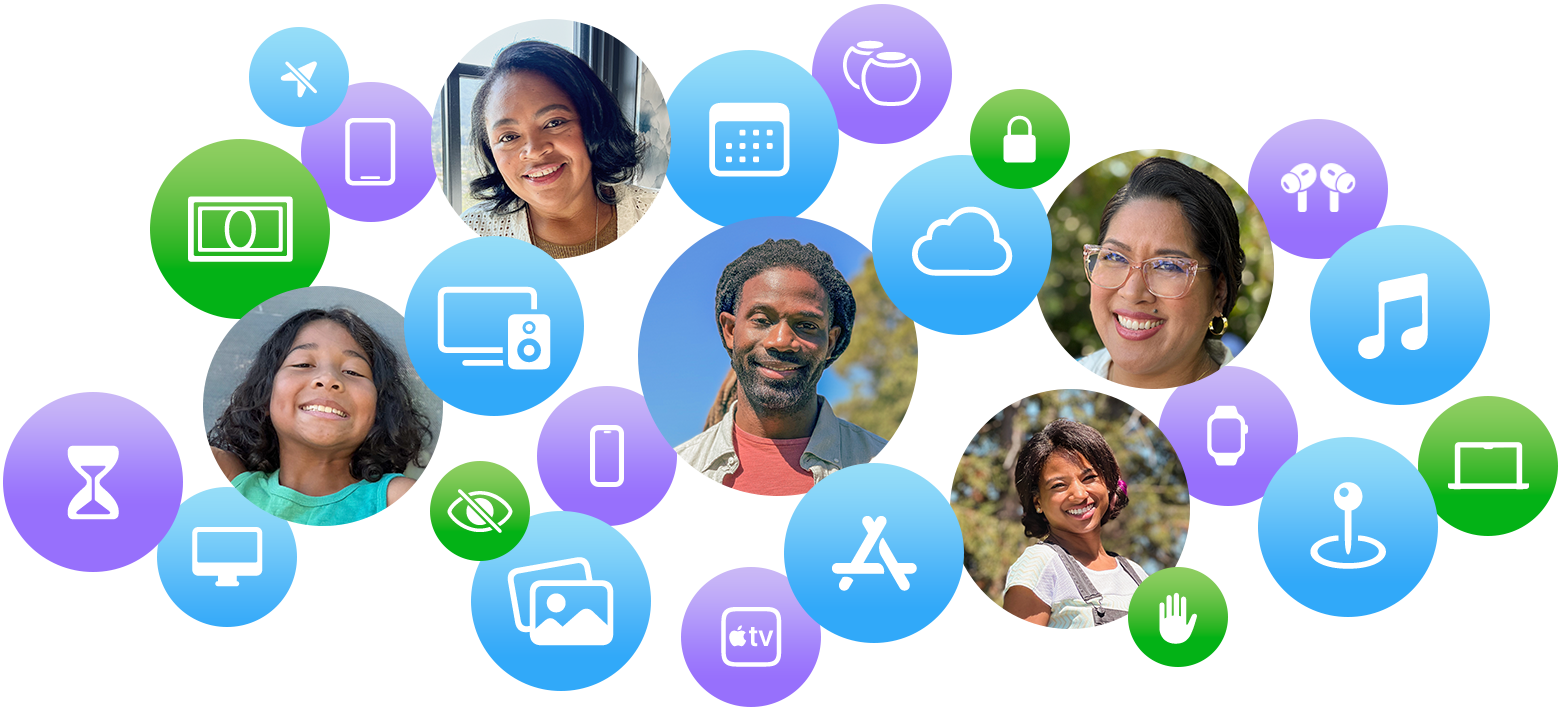Instructional technology is a field that creates classroom technology tools to assist in teaching and learning. It encompasses the software and hardware needed to make education dynamic and engaging.
It can be challenging for faculty members to translate their expertise to students, which is where instructional technologists come in. They serve as a bridge between faculty members and their students, helping them find the right tech tools for each lesson.
What is the meaning of instructional technology?
The term instructional technology refers to the use of different types of technology to enhance learning. This could include anything from electronic whiteboards to virtual reality classrooms. It also encompasses the design, development, utilization and management of processes and resources for learning.
Instructional technologists need to be tech savvy and have excellent communication skills. They should also be creative and be able to solve problems quickly. They should be able to think outside the box and be able to adapt to new technologies quickly.
Another important aspect of this field is its focus on learning and student outcomes. Instructional technologists can help teachers create engaging and effective learning experiences that will keep students interested and engaged in their classes. This will ultimately lead to better learning and greater student achievement.
What is the meaning of instructional techniques?
Instructional techniques are the strategies that teachers use to deliver lessons and help students learn. They can include activities like demonstrations, diagrams and slideshows as well as interactive discussions.
For example, if students are learning about another country, an instructional technique could be to connect them with a classroom in that country through videoconferencing software. This type of interaction can make a lesson more engaging and exciting for students and can improve their retention rates.
Other instructional techniques include prompting, which involves using strategic questions and cues to keep students on track. This strategy can also be used to encourage critical thinking skills. Other strategies involve using stimulating materials and props to increase student engagement. Finally, spaced repetition involves re-introducing information at regular intervals to increase the likelihood of students committing it to memory.
What is the meaning of technology based instructio
Modern classroom technologies have come a long way from the large, shaky overhead projectors and giant tube TVs that once ruled the schoolroom. Today, teachers and students use digital tools for everything from discussion to turning in homework assignments. Educators like you are also finding creative ways to make their classrooms more engaging, and it all starts with having a solid understanding of how these technology tools work.
Many people confuse the terms educational technology and instructional technology, but there is a difference between the two fields. Instructional technology is the specific technology field that deals with creating resources for learning. It is essentially the study and ethical practice of facilitating learning and improving performance through the use of appropriate technological processes and resources.
What are the components of instructional technolog
In a nutshell, instructional technology involves the use of technology tools to improve student learning and facilitate teaching in an effective way. This is achieved by following a systematic process of analysing the students, their profile and environment, designing the content and then implementing it using suitable tools.
Digital tools are the perfect vehicle for boosting classroom engagement and providing students with a new way to connect with their learning materials, communicate with each other and collaborate on projects. These tools can be used in virtual, in-person or hybrid classes and include everything from web-based apps to interactive whiteboards.
To be an effective instructional technologist, you need to be tech-savvy and have excellent communication skills. You also need to be able to troubleshoot software and hardware problems.
What are the five domains of instructional technol
In a world where technology is constantly evolving, it’s important to keep up with the latest trends. This is especially true in the classroom, where students are increasingly comfortable with a variety of digital tools. Using these tools to deliver content can help teachers better engage and teach their students.
But with so many options, it’s often difficult to know where to start. That’s where instructional technologists come in. They are a bridge between experts and learners, providing guidance on how to use various tech tools in the classroom. They also help faculty members navigate learning management systems and create new eLearning content. They’re also responsible for evaluating the effectiveness of these tools. This includes assessing the impact on student performance and how they improve over time.



